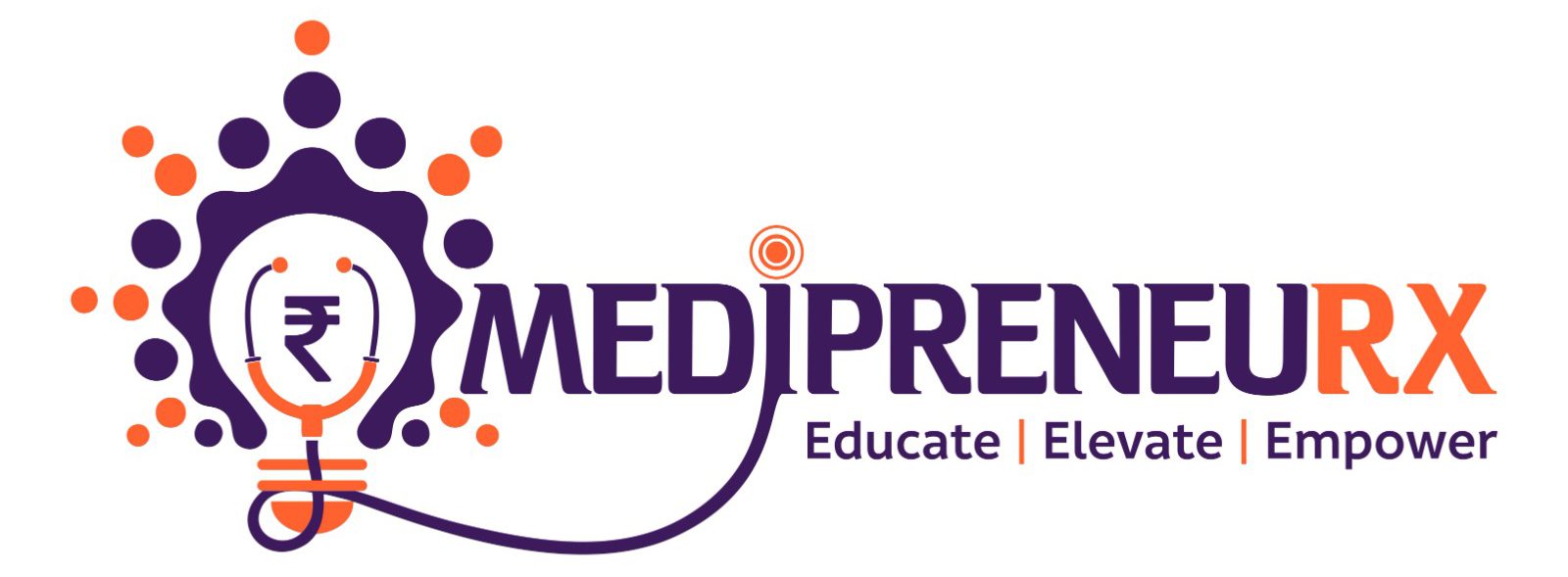The Karnataka government has been requested by the Kannada Development Authority (KDA) to require doctor prescriptions in government hospitals to be written in Kannada rather than English. This proposal is a component of the KDA’s larger initiative to encourage Kannada usage across a range of industries, including the medical field. KDA Chairman Purushotham Bilimal underlined in a letter to Karnataka’s Health Minister Dinesh Gundu Rao that having prescriptions in Kannada would be an important step in conserving and promoting the language throughout the state.
Bilimal pointed out that this action will mostly affect district hospitals, taluk (local) hospitals, and health centers, assisting in preserving Karnataka’s language and cultural identity. He revealed that a recent visit to a government hospital in Raichur, where some doctors willingly started writing prescriptions in Kannada, served as the inspiration for the concept. Many doctors expressed their willingness to include Kannada into their professional practices in response to the initiative’s excellent reception.
The suggestion from the KDA is part of a wider discussion concerning the function of Kannada in Karnataka. In the past, Chief Minister Siddaramaiah has argued in favor of fostering a “Kannada atmosphere” in the state by urging people to speak Kannada, particularly with those who reside and work nearby. This is in line with the state’s continuous initiatives, such as the Kannada Language Comprehensive Development Act of 2022, to encourage the use of the native tongue in public settings. The Karnataka government had, earlier in the year, required that public signboards have 60% Kannada and 40% room for other languages, including English.
Prescription language demand in Kannada is also a manifestation of a larger cultural and political backlash against English’s hegemony across a range of industries, most notably healthcare and education. Kannada’s proponents contend that implementing it in essential services like healthcare would increase accessibility for the general public, particularly in rural areas where residents may not speak English well.
The plan may encounter difficulties, though, mainly in assuring that medical practitioners—especially those trained outside of Karnataka—are capable of writing prescriptions in Kannada. It also calls into question how best to reconcile the promotion of regional languages with the need for professionals to be able to communicate across linguistic divides.
To sum up, the KDA’s proposal emphasizes the continuous efforts in Karnataka to promote the Kannada language and identity, with the healthcare industry being the most recent to be targeted for linguistic reforms. It remains to be seen how this suggestion is implemented and how the administration will respond.
SOURCE :
HINDUSTAN TIMES








